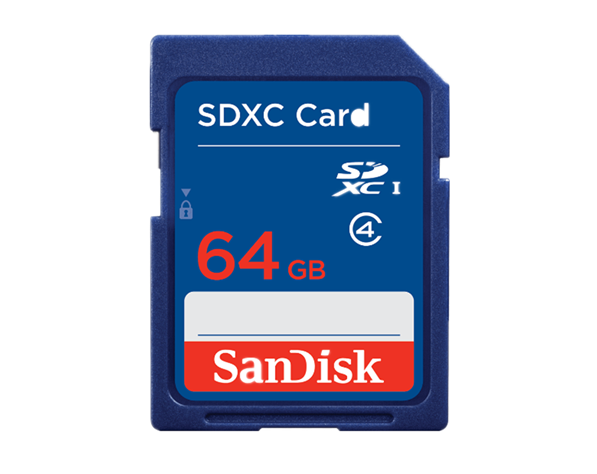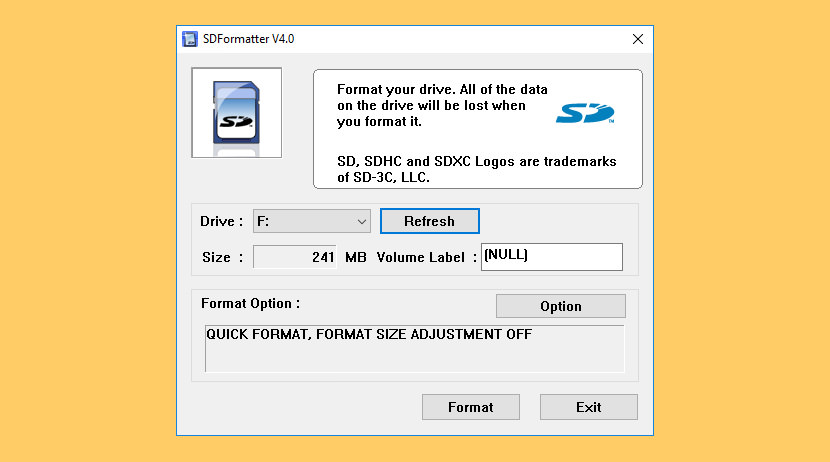

- #How to format sd card to exfat mac os#
- #How to format sd card to exfat full#
- #How to format sd card to exfat portable#
#How to format sd card to exfat full#
For full compatibility across both ecosystems, you need to consider the next two options. Windows 7 and 10 PCs will be able to read files from the drive but won't be able to write to the drive, so better suited for transferring files only as you won't be able to edit files while accessing them using a PC.
#How to format sd card to exfat mac os#

The main challenge is that the different file system formats you can format a USB stick or portable hard drive into are not necessarily that interchangeable between Windows and Mac operating systems.īeing a bit of a closet techie, I often get asked which file system to use by colleagues, friends and family, so I thought this might be a useful article.and not at all selfishly thinking it may save me time as I can just send a link out next time.!Ĭhoosing the best formatting option for our portable storage really is an important decision for those of us working in more creative marketing sectors or as freelance designers, video editors etc. In reality, it isn't always straightforward if we're working across both Apple and Windows platforms, perhaps due to having a Mac at home and a PC at the workplace or various clients working across different ecosystems, with whom we need to transfer and share large media files using portable storage. OK, so there's an easy solution here though? Just store those files on a portable drive or USB stick - but is it that simple? Let's face it, data storage is more and more of an issue these days for those us on the move during the working day using ultraportable laptops and Macs, perhaps dividing our time between our workplace, client locations and/or our home offices.Ī common issue many of us experience is the reduced disk space due to the cost of SSD storage increasingly favoured in portable computers tending to be higher than traditional spinning hard drives, leading to the scenario that the smaller capacity drives they contain just don't have enough disk space to store many files on top of the operating system.ĭespite this, the benefits of SSD storage are clear as what's not to love about being able to boot up our devices in seconds and generally experience the quicker operation of applications along with the added robustness of SSD storage in most use cases.


 0 kommentar(er)
0 kommentar(er)
